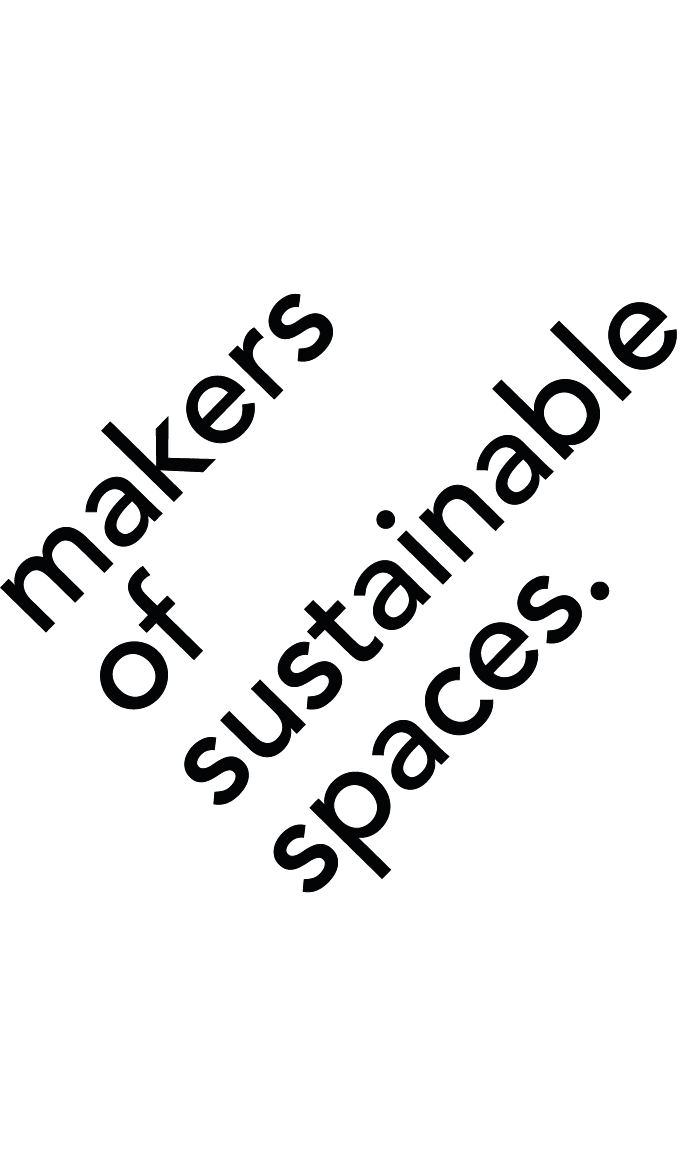17 May Biophilic Design: How AI Transforms Sustainable Architecture
by Bahadir Sezer
MOSS aspires to stay up-to-date on technology to optimize our potential, and in this article we discover how AI enhances biophilic design, creating green integrated spaces that improve well-being. Read more to learn about AI’s role in sustainable architecture, environmental optimization, and user experience in urban green spaces.
“Some people call this artificial intelligence, but the reality is this technology will enhance us. So instead of artificial intelligence, I think we’ll augment our intelligence.”
Introduction
Recent studies confirm that connecting with nature significantly improves a person’s mood, focus, and overall well-being. Due to long days spent in offices and dull moods brought on by metropolitan expanses of concrete, we undoubtedly live in an increasingly disconnected world. But unfortunately for city-dwellers, while connection with nature is more necessary than ever, it is not always accessible. However, modern challenges can be met with modern solutions, and the ever-expanding fields of technology and design are working in tandem to develop such solutions. At Makers of Sustainable Spaces, we play our part by making nature accessible to all people all the time—in offices, on city streets, and wherever else humans can be found. This mission is achieved by designing sustainable, green-integrated spaces to enhance quality of life for plants and people, and to do this we must be up-to-date on technological advancements that assist in achieving our mission.
In the following chapters, we will examine:
- The Role of AI in Biophilic Design
- How can AI aid in the design process?
- AI in the Initial Stages
- Data Gathering
- Case Study
- AI in the Design Stages
- VR and AI in Design
- Immersive Simulations
- AI in Post-Implementation
- Continuous Monitoring
- Hologram Projections
- In Conclusion
the role of Ai in biophilic design
In recent years, advancements in tech have ushered in the era of Artificial Intelligence. As we explore the potential of AI in biophilic design, questions arise: How can we elevate biophilic design and green-integrated spaces using AI? What role does environmental data analysis play in creating well-being in built environments? Simply put, by analyzing user data and environmental factors at rapid speeds, AI can efficiently create highly optimized plans to foster healthier and more inspiring places to live, work, and learn. It can be implemented into every stage of design from concept design to post realization. This article will walk through each phase of design, exploring how AI can be uniquely used, and examining the transformative power of AI in shaping green integrated spaces.
How can AI aid in the design process?
Artificial intelligence is rapidly transforming industries, and the field of biophilic design is no exception. By analyzing user data and environmental factors at rapid speeds, AI can efficiently create highly optimized plans to foster healthier and more inspiring places to live, work, and learn. It can be implemented into every stage of design from concept design to post realization. This article will walk through each phase of design, exploring how AI can be uniquely used.
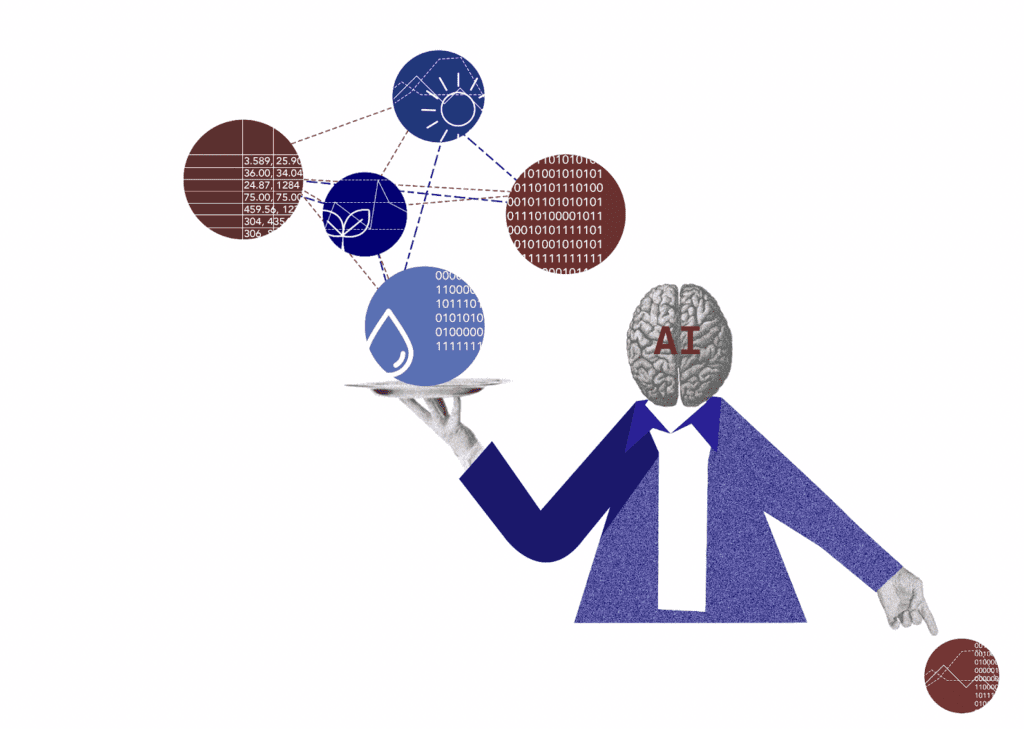

INITIAL PHASE
Data Gathering
At MOSS, our design process involves deeply analyzing the current state of conditions when beginning a project, as this helps us understand the pre-existing space which is essential for planning and optimizing the potential of a project. This means taking a close look at sunlight exposure, existing biodiversity, current users and the habits of users (plants and people alike), and literary research. This can be a time-consuming process to say the least, but by training AI to analyze a site’s conditions we can expedite this process dramatically and likely gain valuable insights that would not have been accessible otherwise. This efficient gathering of data helps us manage time by shortening the early research phases and allowing us to tailor design strategies to the specific needs and opportunities of each project, helping us optimize the design and begin the process of realization sooner.
Once the data is gathered, AI is a helpful tool to sort, organize, and analyze this information. With its vast knowledge base, AI can aid in the identification of suitable plant species aligned with both macro and microclimates in the project. By analyzing factors like sunlight availability, temperature variations, and humidity levels, AI can recommend a diverse range of flora that thrives naturally in those conditions. This not only ensures the long-term health of the green elements but also promotes a more authentic connection to the local environment. Additionally, AI can categorize these recommendations and create a dynamic library, allowing us to efficiently incorporate these learnings into future projects.
Case Study
Furthermore, by understanding how these specific design choices influence users’ reactions, AI can become a powerful tool for designers. Research by Shih-Han Hung and Chun-Yen Chang at the University of Auckland’s Future Cities Research Hub sought to bridge the gap between biophilic design and user well-being while simultaneously showcasing the potential of AI. The research utilized AI to analyze landscape elements and then to predict the Total Environment Quality (TEQ) and related health benefits that biophilic labels (such as trees, plants, grass, and parks) could provide in comparison to urban-related labels.


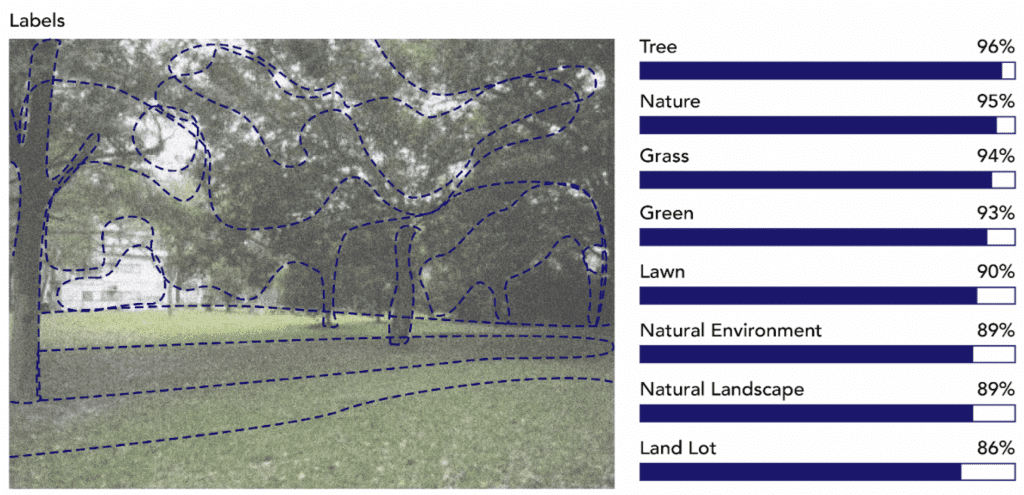

The AI proposed that an environment with nature-related labels significantly improved psychological outcomes compared to those with urban-related labels; nature labels positively predicted human perceptions in TEQ, preference, and recovery. In contrast, buildings and urban-labels were predicted to disturb the recovery and reflection experience. The findings propose an innovative approach for designers: we can use AI to input designs and generate a prediction of effects of our biophilic design on user psychology. This could be a valuable tool for optimizing physical and psychological health benefits. Moreover, the study suggests that this approach could replace traditional post-occupancy evaluations, offering a more efficient method to assess landscape resources and aesthetics.
DESIGN PHASE
In the later stages of design projects, advanced technologies like holograms, virtual reality (VR), and Artificial Intelligence (AI) create boundless possibilities for designers. VR, for instance, enables designers to craft immersive simulations showcasing natural light patterns or experimenting with the placement of water features, thereby optimizing the integration of green elements. This empowers designers with unprecedented freedom in material choices and implementation, fostering the creation of sustainable architecture. Moreover, the fusion of VR and AI presents an opportunity for seamless integration of proposed designs with existing spaces. This dynamic collaboration enables designers to virtually implement and experience their creations, providing invaluable insights into user experience and the harmonious interplay between built structures and natural elements. Clients can virtually step into the space even before the actual implementation, gaining a clearer vision of how the design will manifest in reality.


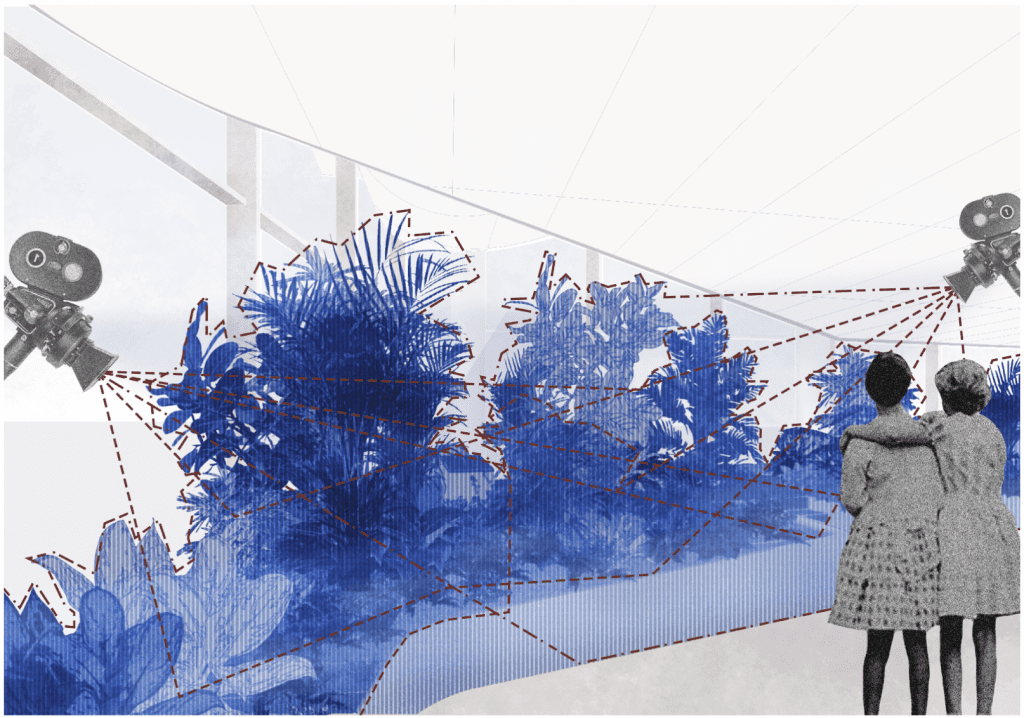

This immersive experience not only aids in elucidating the design concept but also facilitates designers in refining their designs more efficiently. With a better understanding of how their designs will interact with the site, designers can streamline the design process, ultimately creating designs that are truly tailored to the site and its surroundings. Importantly, these technological advancements are not confined to the design phase, as AI can also be transformative in the post-implementation maintenance phase, ensuring long-term sustainability and well-being in built environments.


POST-IMPLEMENTATION PHASE
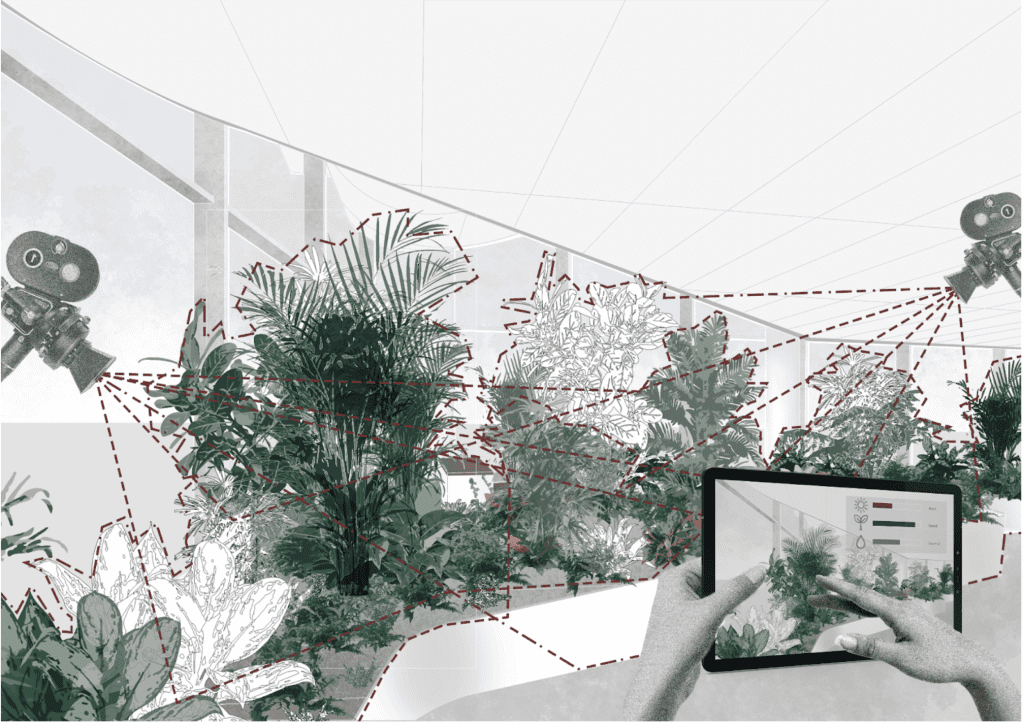

Cutting-edge technologies like hologram projection further elevate the biophilic design experience. Picture tranquil nature scenes projected as a backdrop, accompanied by soothing soundscapes, or even holographic depictions of endangered species, igniting curiosity about the natural world. These dynamic projections enhance the connection with nature within built environments, offering a sense of tranquility amidst the hustle and bustle of urban landscapes. However, it’s imperative to strike a balance to avoid overly artificial experiences. Designers can achieve this by seamlessly integrating AI while prioritizing elements that foster a genuine connection to nature. For example, combining a calming hologram projection of a forest scene with real plants creates a multi-dimensional experience that blends technology with the authenticity of the natural world. This thoughtful integration ensures that AI serves as a tool to enrich, rather than replace, the experience of green integrated spaces in biophilic design.
Conclusion
In conclusion, this blog post has explored the transformative potential of Artificial Intelligence (AI) in biophilic design and the creation of green integrated spaces. We’ve journeyed through the various phases of design, from the initial analysis of environmental conditions to the implementation of advanced technologies like holograms and virtual reality (VR) and explored how AI can streamline the design process, optimize environmental parameters, and enhance user experience in built environments.
By leveraging AI’s capabilities for data analysis and predictive modeling, designers can create spaces that not only promote well-being but also foster a deeper connection with nature. From selecting optimal plant species to simulating real-life experiences through VR, AI offers boundless opportunities for innovation in sustainable architecture. As we look to the future of design, it’s crucial to embrace these technological advancements and explore their potential to shape a more sustainable and harmonious relationship between humans and the environment. Whether you’re a designer, architect, or simply passionate about green living, we encourage you to share this post on social media and continue the conversation on biophilic design. For those eager to delve deeper into this topic, we invite you to explore related content on our website or reach out to MOSS for more information. Together, let’s harness the power of AI to create a greener, more sustainable future for all!
Works Cited:
- Shih-Han Hung and Chun-Yen Chang, University of Auckland’s Future Cities Research Hub, “Biophilic Design and User Well-being: The Role of Artificial Intelligence in Predicting Psychological Impact.”
